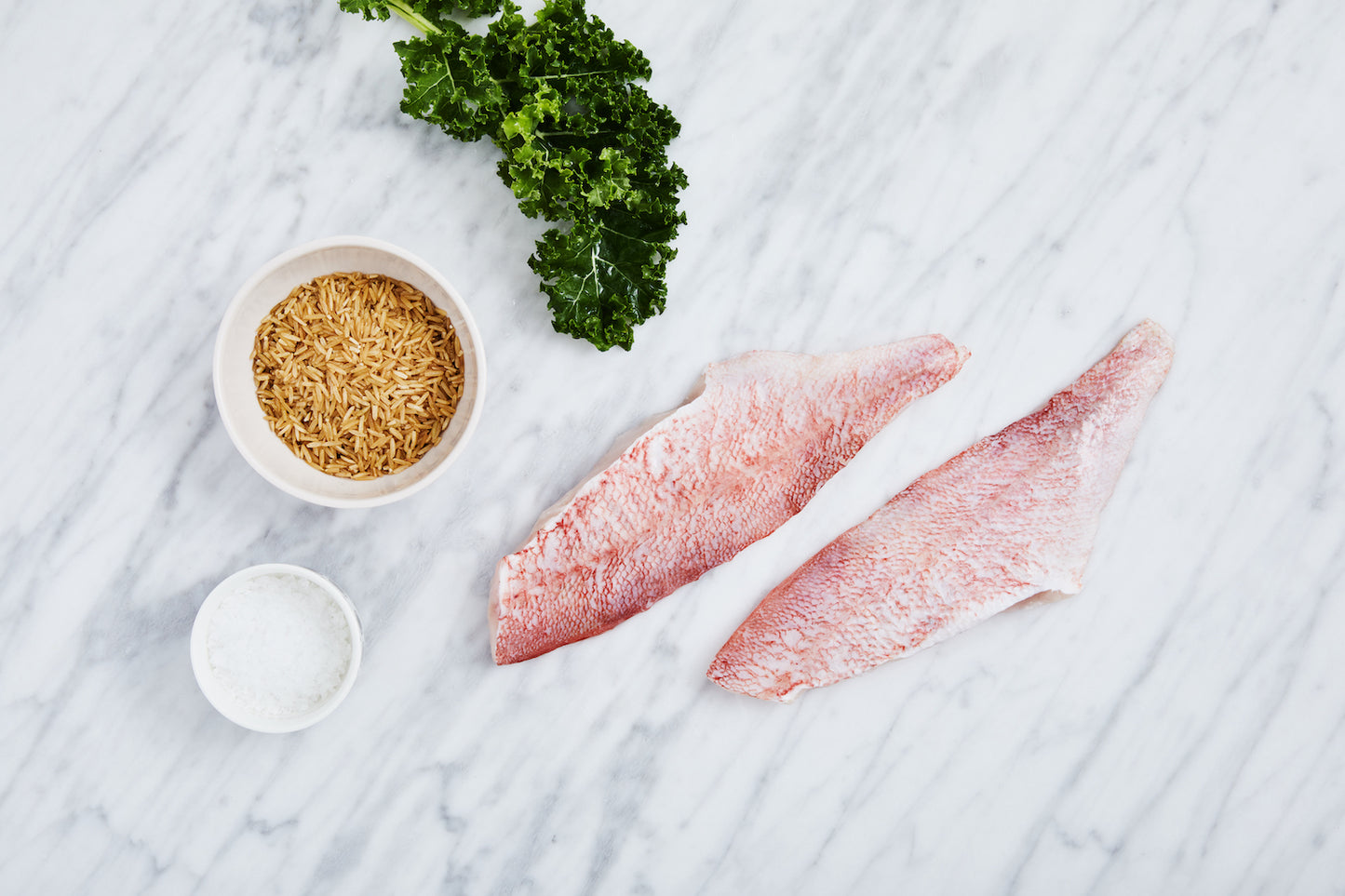
A once beloved species of fish, so popular it was fished to the point of endangerment, has made an incredible comeback. The Gulf of Maine Redfish (sebastes fasciitis) is one of the ocean’s most sustainable fish. But not too long ago, this wasn’t the case. In the 1950’s redfish was heavily fished due to its popularity, and the population plummeted. Redfish couldn’t withstand the heavy fishing due to their slow growth and reproductive rates. However, due to conservation efforts and the sacrifices of fishermen, the redfish population has rebounded. In 2012 the species was described as fully rebuilt, sustainably managed and responsibly harvested under U.S. regulations.
What Are Redfish?
Gulf of Maine Redfish, also called Acadian redfish or ocean perch, is the only fish in the rockfish family in the Atlantic, compared to the more than 50 Sebastes species in the Pacific. The fish is called redfish in the U.S. and Canada, and is not to be confused with red drum or red snapper from the Gulf of Mexico. The Redfish is a small, rosy-orange color fish with prominent spines and big goofy eyes. They swim in large schools and feed on a variety of mollusks and crustaceans as well as small bait fish. The diet and mobile behavior of redfish make its filets dense and flavorful.
So Why Don’t We Eat More Redfish?
Over 90% of the fish we eat in the U.S. is imported, resulting in a trade deficit that is second only to oil. This has led many people to look towards increasing fishing effort for underutilized domestic fish species, such as the Gulf of Maine Redfish, in an effort to close the gap. Acadian redfish is currently underfished where the actual catch is much less than Total Allowable Catch (TAC). Surprisingly, most of that was used as lobster bait. And that’s a shame. When we buy and eat these under appreciated, underutilized fish we take pressure off less sustainable, more popular fisheries.
We LOVE Redfish
At Sea to Table, we love Redfish because they are a very overlooked option that checks all the boxes. Sustainably managed and harvested, not overfished, tasty, a health-conscious choice, and relatively inexpensive. Redfish is low in saturated fat. It’s a good source of niacin, vitamins B6 and B12, calcium, protein, phosphorus, and selenium. It’s time you tried it yourself.
← Older post Newer post →

